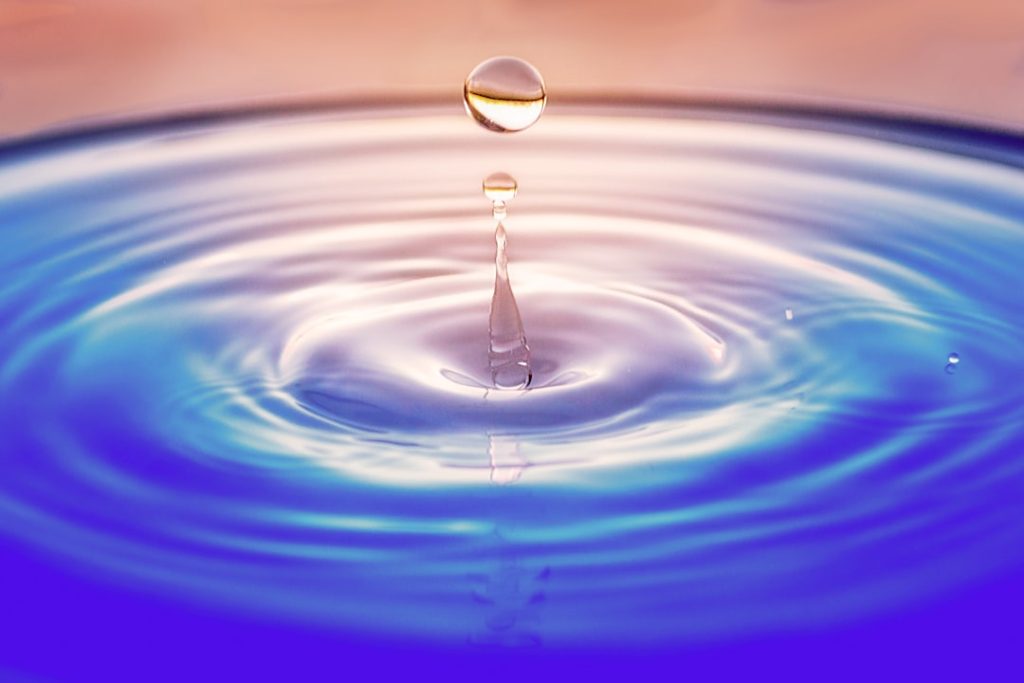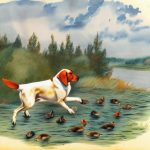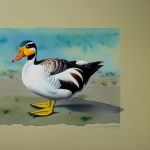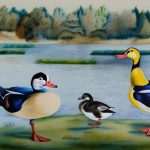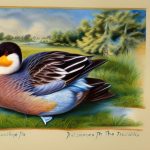Sea ducks are a diverse group of waterfowl that are specially adapted to life in marine and coastal environments. These birds are known for their strong, agile swimming abilities and their unique adaptations for life at sea. Sea ducks can be found in a variety of habitats, including open ocean, coastal bays, and estuaries. They are known for their striking physical appearance and their fascinating behaviors, making them a popular subject for birdwatchers and wildlife enthusiasts.
Sea ducks are a vital part of the marine ecosystem, playing a crucial role in the food web as both predators and prey. They are also important indicators of the health of marine environments, as their populations can be affected by changes in water quality, habitat loss, and overfishing. Understanding the characteristics, behaviors, and conservation status of sea duck breeds is essential for the preservation of these unique and valuable species.
Table of Contents
Key Takeaways
- Sea ducks are a diverse group of waterfowl that have adapted to life in marine and coastal environments.
- Sea ducks are known for their unique physical characteristics, including waterproof feathers and specialized bills for feeding on marine life.
- Common sea duck breeds include the eider, scoter, and long-tailed duck, each with its own distinct characteristics and behaviors.
- Sea ducks have unique adaptations for life at sea, including the ability to dive to great depths and withstand harsh marine conditions.
- The conservation status of sea duck breeds varies, with some species facing threats from habitat loss, pollution, and hunting. Efforts are underway to protect and conserve these important waterfowl species.
Characteristics and Physical Appearance of Sea Ducks
Sea ducks are known for their distinctive physical features, which set them apart from other types of waterfowl. They have compact, streamlined bodies that are well-suited for diving and swimming in turbulent waters. Their legs are set far back on their bodies, which gives them excellent maneuverability in the water. Sea ducks also have specialized waterproof feathers that help them stay buoyant and dry while swimming in the ocean.
In terms of coloration, sea ducks often have bold and striking plumage, with males typically exhibiting more vibrant colors than females. Many sea duck species have unique markings on their faces and heads, such as patches of bright color or bold patterns. These features are used in courtship displays and can vary widely between different species. Overall, sea ducks are known for their stunning appearance and their ability to thrive in some of the harshest marine environments.
Common Sea Duck Breeds
There are several species of sea ducks that are commonly found in North America and other parts of the world. Some of the most well-known sea duck breeds include the common eider, harlequin duck, scoter, long-tailed duck, and bufflehead. Each of these species has its own unique characteristics and behaviors that make them fascinating to observe in the wild.
The common eider is a large sea duck with a distinctive wedge-shaped bill and a striking black and white plumage. They are known for their soft down feathers, which are highly prized for use in making warm clothing. The harlequin duck is another eye-catching species, with its bold blue and chestnut plumage and striking white markings. Scoters are a group of sea ducks that includes several species, such as the surf scoter and white-winged scoter, which are known for their dark plumage and bright-colored bills. The long-tailed duck is easily recognizable by its long, slender tail feathers and striking black and white plumage. Finally, the bufflehead is a small sea duck with a distinctive black and white head and a rapid wingbeat that makes it an agile flier.
Unique Adaptations of Sea Ducks for Life at Sea
Sea ducks have evolved a number of unique adaptations that allow them to thrive in marine environments. One of the most important adaptations is their specialized waterproof feathers, which help keep them buoyant and dry while swimming in the ocean. These feathers are coated with natural oils that repel water, allowing sea ducks to stay warm and dry even in rough seas.
Another key adaptation of sea ducks is their ability to dive and swim underwater for extended periods of time. Their streamlined bodies and powerful legs make them excellent divers, allowing them to pursue prey at great depths. Sea ducks also have specialized respiratory systems that allow them to extract oxygen from the water more efficiently than other types of waterfowl.
In addition to their physical adaptations, sea ducks also have unique behaviors that help them survive in their marine habitats. For example, many species of sea ducks form large flocks during the winter months, which provides them with safety in numbers and allows them to find food more easily. Overall, sea ducks are well-equipped for life at sea, with a range of physical and behavioral adaptations that make them highly successful in marine environments.
Conservation Status of Sea Duck Breeds
Many species of sea ducks face significant conservation challenges due to habitat loss, overfishing, pollution, and other threats. As a result, several species of sea ducks are considered to be at risk of extinction, making conservation efforts critical for their survival. The International Union for Conservation of Nature (IUCN) has identified several species of sea ducks as being vulnerable or endangered, including the spectacled eider, Steller’s eider, and common eider.
Conservation efforts for sea ducks often focus on protecting their breeding and wintering habitats, reducing the impact of commercial fishing on their populations, and monitoring their populations to better understand their conservation needs. In some cases, captive breeding programs have been established to help bolster wild populations of sea ducks. Overall, the conservation status of sea duck breeds is a cause for concern, but with targeted conservation efforts, there is hope for the long-term survival of these unique and valuable species.
Breeding and Reproduction of Sea Ducks
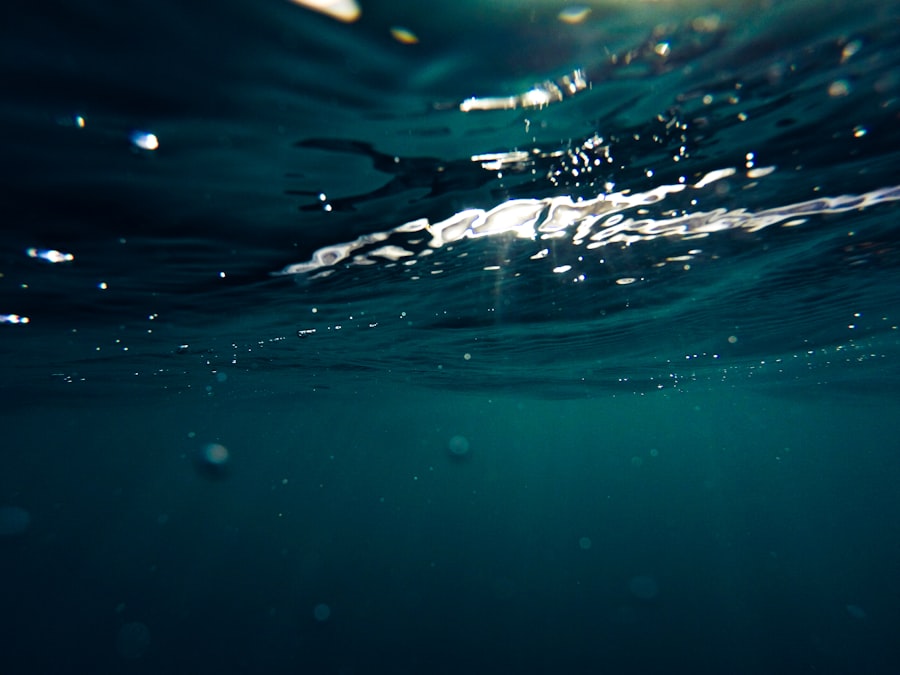
Sea ducks have fascinating breeding behaviors that are adapted to their marine habitats. Many species of sea ducks breed in remote coastal or island locations, where they can find suitable nesting sites away from predators. Female sea ducks typically build their nests on the ground or in shallow depressions lined with down feathers for insulation.
Once the eggs are laid, both male and female sea ducks take turns incubating them until they hatch. This shared parental care is an important part of sea duck breeding behavior and helps ensure the survival of the offspring. After the eggs hatch, the young sea ducks are precocial, meaning they are able to leave the nest and feed themselves shortly after hatching.
Overall, sea duck breeding behaviors are well-adapted to their marine environments, allowing them to successfully raise offspring in some of the most challenging habitats on earth. Understanding these behaviors is essential for effective conservation efforts aimed at protecting sea duck breeding populations.
Threats and Challenges Facing Sea Duck Breeds
Sea ducks face a number of threats and challenges that impact their populations and overall survival. Habitat loss and degradation due to coastal development, pollution, and climate change are major concerns for many species of sea ducks. In addition, overfishing can reduce the availability of prey species for sea ducks, leading to declines in their populations.
Other threats facing sea ducks include oil spills, which can have devastating impacts on their populations by contaminating their feathers and food sources. In some cases, hunting pressure can also pose a threat to certain species of sea ducks, particularly when populations are already under stress from other factors.
Overall, addressing these threats and challenges is essential for the long-term survival of sea duck breeds. Conservation efforts aimed at protecting their habitats, reducing pollution, and managing fishing pressure can help ensure that these unique and valuable species continue to thrive in marine environments around the world.
If you’re interested in learning more about sea duck breeds, you might also want to check out an article on PoultryWizard.com that discusses the importance of providing a suitable coop for chickens in Muskegon. This article provides valuable insights into creating a comfortable and safe environment for your poultry, which can be beneficial for sea ducks as well. You can find the article here.
FAQs
What are sea duck breeds?
Sea duck breeds are a group of ducks that are adapted to living in marine environments. They are known for their ability to dive and swim in rough waters, and they can be found in coastal areas and open ocean habitats.
What are some common sea duck breeds?
Some common sea duck breeds include the common eider, harlequin duck, scoter, long-tailed duck, and bufflehead. These ducks are known for their unique plumage and behaviors that are adapted to their marine environment.
Where can sea duck breeds be found?
Sea duck breeds can be found in coastal areas and open ocean habitats around the world. They are often seen in northern regions during the breeding season and may migrate to more temperate areas during the winter months.
What are the characteristics of sea duck breeds?
Sea duck breeds are known for their waterproof feathers, strong diving abilities, and specialized beaks for feeding on marine invertebrates. They also have a unique ability to withstand cold temperatures and rough waters.
How do sea duck breeds differ from other duck species?
Sea duck breeds differ from other duck species in their physical adaptations for marine life, such as their waterproof feathers, specialized beaks, and strong diving abilities. They also have different behaviors and habitats compared to other duck species.
Meet Walter, the feathered-friend fanatic of Florida! Nestled in the sunshine state, Walter struts through life with his feathered companions, clucking his way to happiness. With a coop that’s fancier than a five-star hotel, he’s the Don Juan of the chicken world. When he’s not teaching his hens to do the cha-cha, you’ll find him in a heated debate with his prized rooster, Sir Clucks-a-Lot. Walter’s poultry passion is no yolk; he’s the sunny-side-up guy you never knew you needed in your flock of friends!

